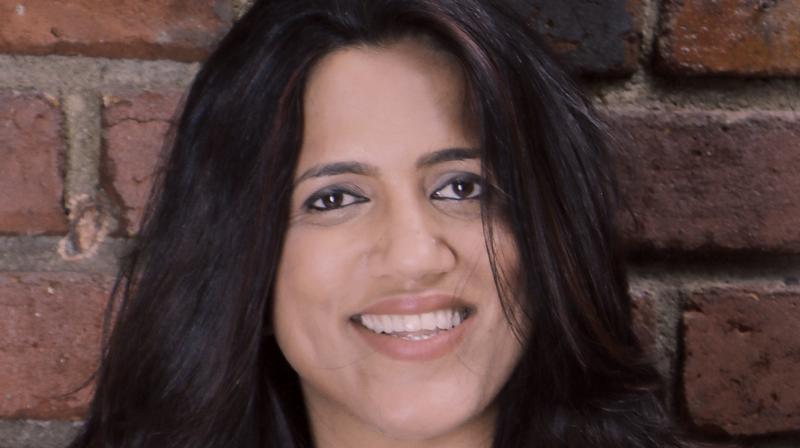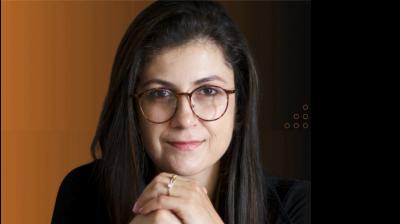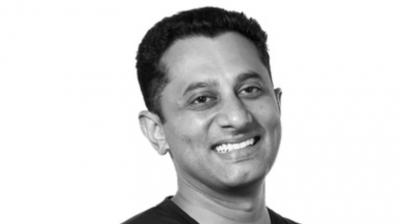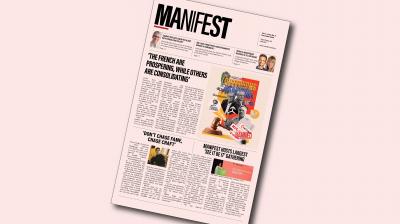I had the great opportunity to co-speak with D&AD’s Dara Lynch at the recently concluded Digital & Marketing Summit (DMASL) in Colombo. The event sold out in advance, a clear sign of the hunger to learn among young, eager minds. Notebooks were filling fast, phones were out recording, and LinkedIn connections were flying. These are tomorrow’s CMOs, creative directors, and Founders, absorbing every drop of insight.
As I soaked in the gyaan, three themes emerged that felt like more than just trends.
First, the spotlight has clearly shifted. A large number of independent agencies, client-side teams, and entrepreneurs are now the ones setting the tone on stage and in the social space. While network agencies still play an important role, it’s the Indies who feel more agile, in tune with culture, and more daring with their creative voice. Perhaps it’s the freedom from global brand manuals or the shorter approval layers, but the work they showcased was bold, human, and current. It had a pulse. What stood out was the authenticity. These were ideas that spoke directly to people, to communities, grabbing the moment. In a world of fast content and fleeting attention, that kind of grounded storytelling matters more than ever.
Second, governments are beginning to recognise and support the power of the creative economy. The DMASL Summit was actively supported by the Sri Lankan government, and that presence was felt, not just in opening speeches, but in the energy around the event. It’s a positive signal when country leaders see creativity not as fluff, but as economic and cultural capital.
India echoed this shift at the WAVE Summit in Mumbai, which had support from Prime Minister Narendra Modi. There, the government announced the launch of the India Institute of Creative Technology, envisioned to be on par with the IIMs and IITs. Leadership at the highest levels is starting to use creativity, media, and digital platforms as tools of cultural influence and soft power. It’s an exciting shift for creativity, with real-world impact.
Third, there’s a palpable creative energy brewing in South Asia, particularly between India and Sri Lanka. We are not just geographic neighbours; we are narrative cousins. We share more than a stretch of ocean. From our roles in the greatest ancient epic, the Ramayana, to the reels we now scroll through on social platforms, our stories intertwine.
Since both countries share deep cultural, linguistic, and historical ties, it’s natural that we laugh at the same memes, understand the same subtext, and respond to similar emotional triggers. This gives us a unique opportunity.
Together, these two ecosystems can learn, grow, and most importantly, co-create. There’s so much potential for collaboration: mentoring across borders, joint idea labs, shared digital storytelling platforms, and co-branded creative experiments.
In an age where AI can generate content in seconds, what sets us apart is our unique story. One that only we can own. And when stories are born from shared roots, yet told through different, authentic voices, they don’t just cut through the noise. They build bridges.
The author is founder and chief creative officer, HumanSense (Sri Lanka). This column first appeared in our August issue. Buy your copy here.










